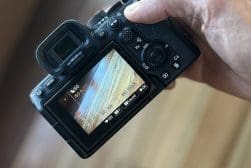
Fujifilm X100F Mirrorless Digital Camera Review
Read this Fujfilm X100F review to find out just how much better the Fujifilm X100F is to its 3 previous versions. Should you upgrade? Is it the best camera?
This Fujifilm X100F review is by Fujifilm Ambassador Jonas Rask. Read on to view sample images taken by Jonas with the Fujifilm X100F, showing you what this incredible camera can do:
During this past year I have had the immense pleasure of testing and trying almost all of the new Fujifilm X-series cameras.
Even though I am easily smitten by the new shiny gadgets, I always go back to the X-Pro and X100 line.
They’re simply the tools that are right for me. Sure you can get other cameras, more technically advanced cameras, faster focusing cameras, sturdier built cameras. But for me there are no better cameras!
The Fujifilm X100F sparks my creativity, hence making it my photographic companion. It is the camera that enables me to capture my vision exactly how I want to capture it.
[Update: Fujifilm X100V review]
Fujifilm X100F Review – Introduction
- Great fun to use
- Excellent image quality
- Useful hybrid viewfinder
- Improved speed over X100S
- USB charging option
- Autofocus could be faster
- Poor ergonomics
The X100 series is still labeled as one of the all time best compact digital camera systems. It was never meant to be anything else. But the truth is that with the Fujifilm X100F, it is now just as powerful as the flagship cameras in the Fujifilm lineup: The X-Pro2 and XT2.
Some of you might think that this is a small update to the camera line, but that really depends on your point of view. Compared to the X-Pro2, the X100F is just basically catching up.
Compare it to the X100T that it’s replacing and you have the same massive spec upgrade that you had going from the XT1 to the Fujifilm XT2. [Check here for more mirrorless camera reviews.]
New sensor, new processor, same size, same lens – that’s basically it! So I can stop writing now?! Not really! The X100F represents the single largest spec update to the X100 series since the original 12MP bayer sensor version.
The Fujifilm X100F is the sharpest looking, best operating and most versatile version of the X100 series yet. And that is no small feat in my book.
Design

When you talk about the X100 series, there’s no getting around it the industrial design – it’s the thing that initially got so many photographers looking in the direction of the second digital coming of Fujifilm.
Mr. Masazumi Imai created a true icon when he first designed the X100. – Imai-san and his designteam at Fujifilm have kept incredibly true to the original concept of the X100 through all the generational interactions of the camera.
The Fujifilm X100F is no different. However they have done a lot to streamline the design and make it akin the X-Pro2. When you look at the lines of the camera there is so much of a resemblance that it really looks like a smaller and more refined X-Pro2.

Let’s take a quick look at some of the changes.
- On the front, the letter of generation indication is no more (good riddens!).
- The OVF/EVF selection lever now has larger center that serves as a function button.
- The LED AF illuminator has been moved up next to the flash, and made square.
- There is now an added front selector dial.
- The top line now has a 45 degree angle on the hotshoe/selector dial transition area.
- The ISO/Shutter speed selector dial from the X-Pro2 has found its way through to the X100F as well (YAY!).

The back of the camera has really been cleaned and tidied from a design standpoint. The screen has been moved to the far left, and just with the X-Pro2 you can right-hand operate the entire thing.
Fujifilm also fitted the selector joystick-knob-thingy. Buttons are super well laid out with one exception and a constant irritation for me – the Q button. I would REALLY like for it to be an assignable Fn button for AE-L instead!
Material wise its still an all metal housing and lens. The silver argent coating is a little different from its predecessors. Its a little bit more shiny, and it looks more refined. Less plastic’y.
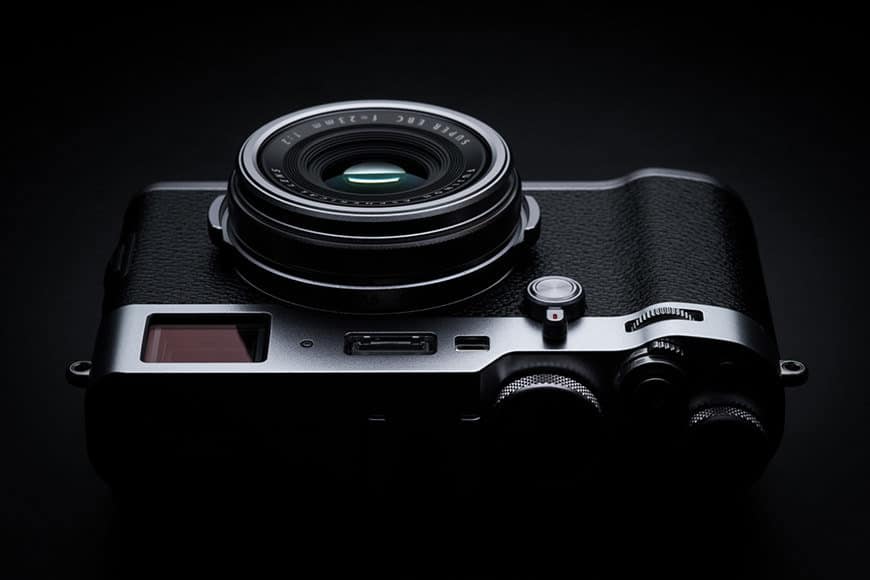
The size/weight distribution makes the Fujifilm X100F feel solid and exclusive without being too heavy.
It feels like a high end product through and through and is versatile enough to be recommended as one of the best travel cameras.
Design-wise this camera just makes so much sense. It’s like a tiny X-Pro2, and that is seriously a good thing! Daddy’s impressed.
Functions & Features
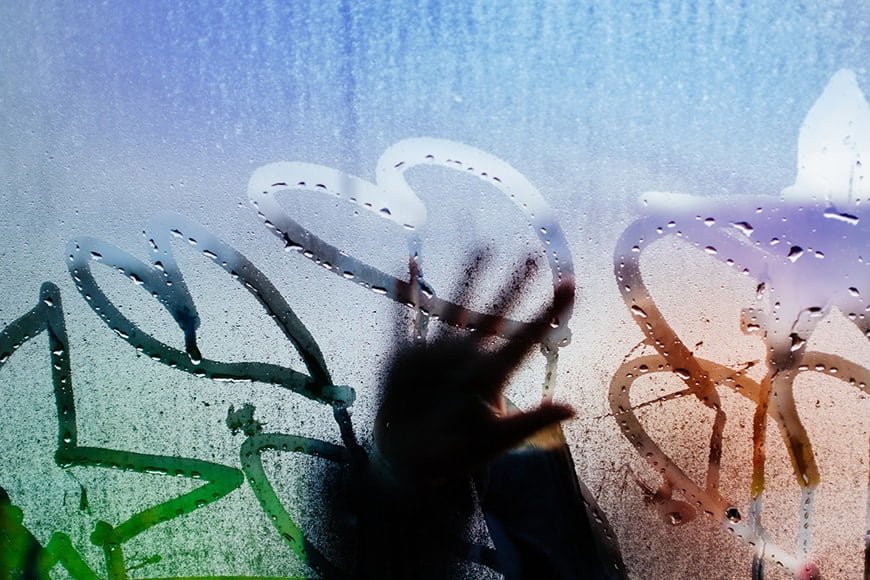 \
\
So let’s start by mentioning a function that is NOT in the package. There is no weather resistance in the Fujifilm X100F.
I hoped that there would be, but I’m not impervious to the fact that it would have meant a larger camera as a result of implementing such a thing.
If weather sealing is what you require in your Fujifilm camera you will need to look closer at the X-Pro2 – XF23mm f/2 combo.
That being said, the X100 cameras take quite a bit of weather without caving.
Teleconverters on the Fujifilm X100F
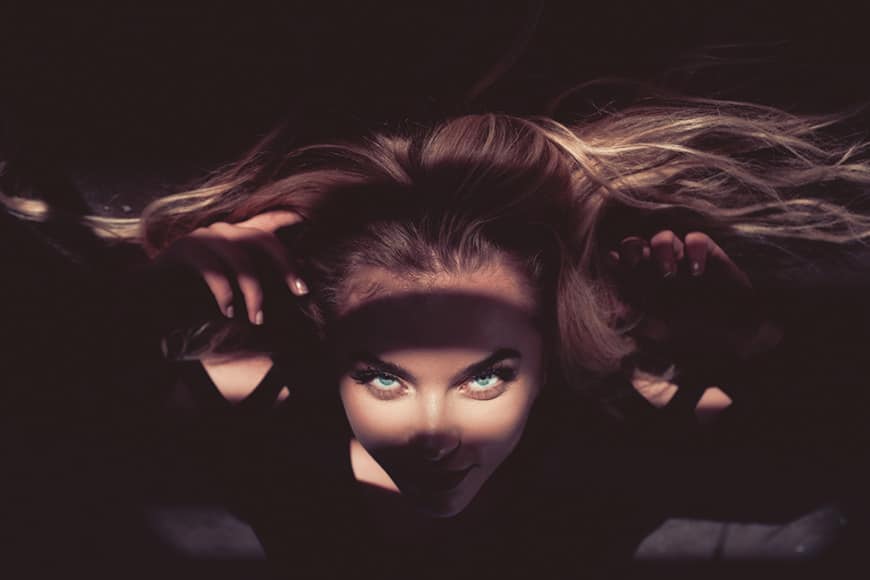
The photo above is a first for me. The Fujifilm X100F proves pretty awesome in a portrait session, especially with the Fujifilm TCL-X100 teleconversion lens. Also, the 23mm field of view can add something a bit different to the scene.
Soon Fujifilm will launch a new set of conversion lenses: he Fujifilm WCL-X100 II and the Fujifilm TCL-X100 II. Optically these conversion lenses are not too different from the mark 1 versions, but they differ by one cool feature – the camera can now detect if you attach either of them, and add correction to the files accordingly. The old versions still fit perfectly, but you have to enable the corrections in the menu as before.
A new thing is the Digital Tele Converter. You can set it to 50mm eq and 75 mm eq and it will give you an up-scaled 24mp file with the corresponding crop. This function is only available in jpeg mode.
I wrote about this function in my X70 review and it’s basically the same. I would love for Fujifilm to implement this in RAW files as well, so you get a predefined 16MP 50mm eq crop and 12 mp 75mm eq crop when you load your RAW files (just like the Leica Q does)
The function works very well, and is very handy if you don’t want to do your cropping in post.
EVF on the Fujifilm X100F
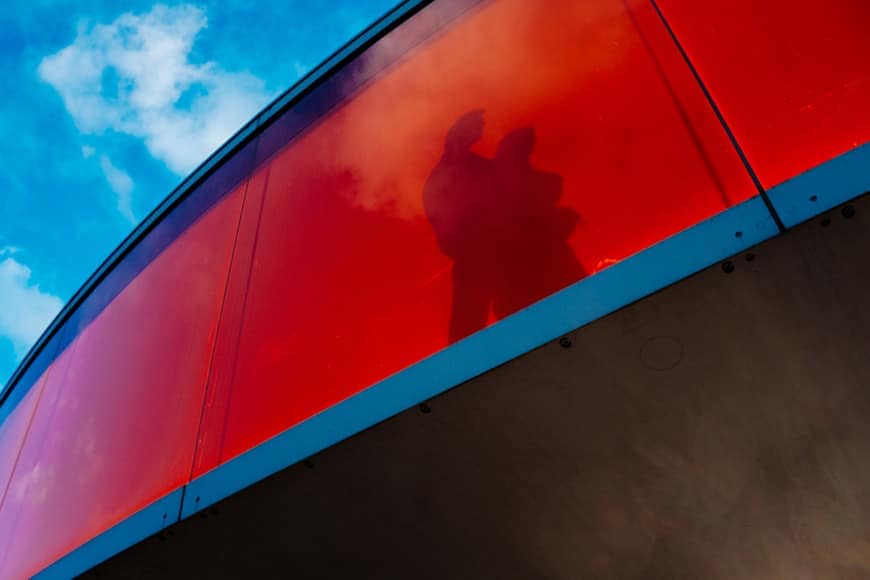
An incredible new feature on the Fujifilm X100F is the small EVF window within the OVF mode that was introduced with the Fujifilm X100T, which can now can show the ENTIRE 100% view of the image (not just the zoomed in center portion).
You switch between the view modes by pressing the rear dial. It’s a great little twist, and I’ve found it incredibly useful.
Autofocus on the Fujifilm X100F
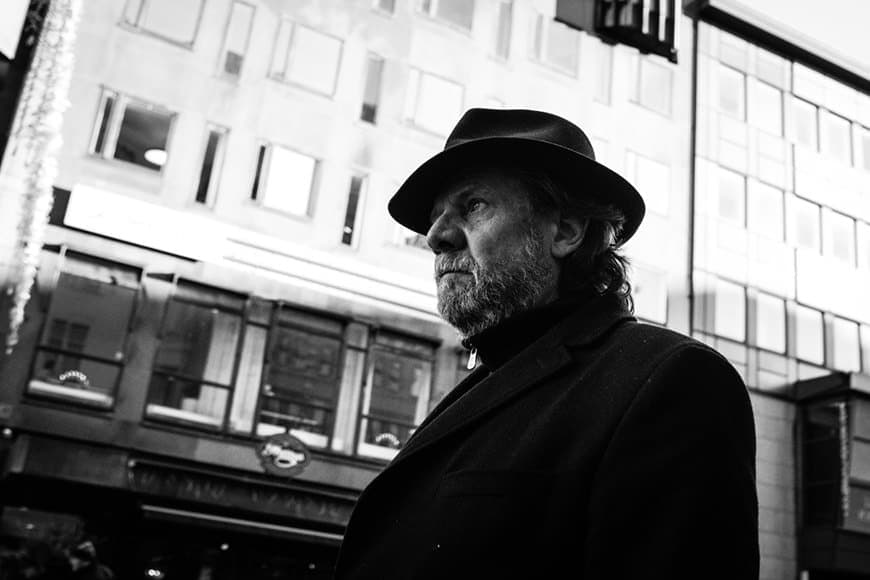
The Fujifilm X100F has the same focus system as the X-Pro2. It means you now have fast and precise auto-focus with zone mode, center mode and wide tracking mode.
The Fujifilm X100F auto-focus works just as well as on the X-Pro2, so if you have tried that, you will know what to expect. I don’t miss shots because of the auto-focus on Fujifilm cameras anymore.
The Continuous shooting menu now has 4 settings. L(ow),M(edium), H(igh) and S(uper)H(igh) – Respectively 3, 4, 5 and 8 fps.
In all modes, when you quickly press the shutter, it only takes one image.
ISO on the Fujifilm X100F
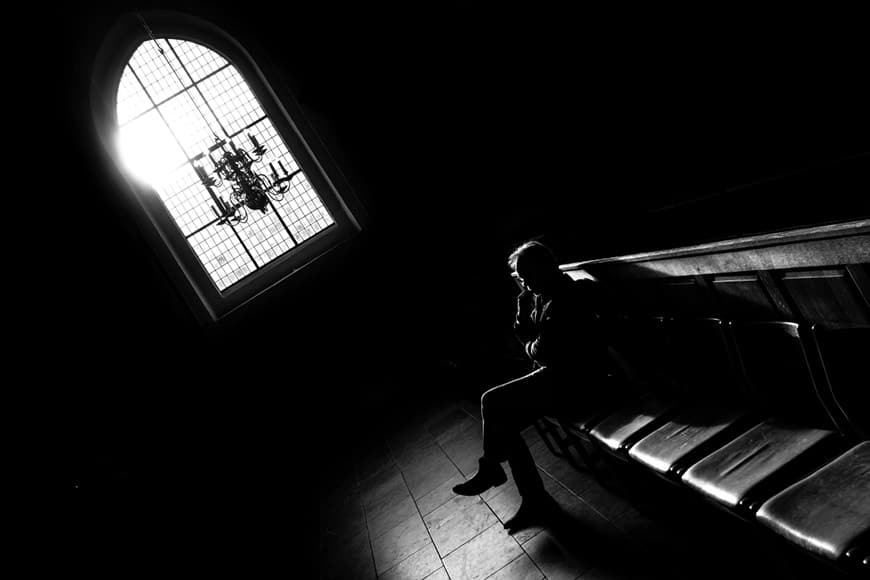
For those of you who enjoy the AutoISO function, it’s worth noting that minimum shutter speed in auto ISO has been raised on the Fujifilm X100F to 1/500s (previously it was 1/125s).
This is a good thing, and for those who dislike the ISO wheel of the X-Pro2, you now have an option to use the front command dial as ISO selector, so when you set ISO command dial to A you can scroll the front command dial to change ISO.
You can select auto ISO by scrolling all the way past the high ISO settings, and there you will find the 3 Auto ISO settings.
I really like the dedicated ISO function so I will probably never use auto ISO, but here’s to Fujifilm listening to what the people want. Big thumbs up on that!
Film Simulation on the Fujifilm X100F

Of course we now have the one film simulation that I love above all the others – Acros! I have written about its fantastic features, tonality, and light-level-based grain control here.
It’s absolutely fantastic to have this film simulation in the Fujifilm X100F, especially because you cannot emulate the grain control in post – it has to be done by the X-Processor Pro in camera.
So to finally have Acros in my favourite camera series is bloody marvelous! All my black and white images are shot as Acros jpeg and then tweaked in post processing.
Other features of the Fujifilm X100F
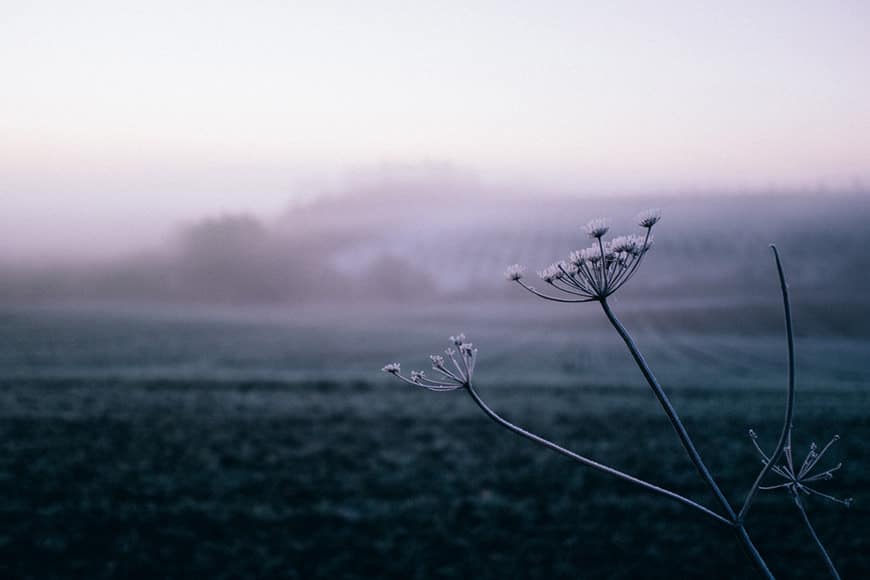
The menu system, flash menu and general operation of the Fujifilm X100F is exactly like the X-Pro2. It’s really great that Fujifilm finally found a consistent platform across cameras, and it makes you feel right at home when you have multiple camera models.
There are many things to love about the X100 series – the hybrid viewfinder, the leaf shutter and built in ND filter aretruly amazing features, and of course they kept these features around in the Fujifilm X100F.
The leaf shutter is almost inaudible, but doesn’t give you rolling shutter as the inaudible electronic shutter does.
The 3 stop ND filter will actually let you shoot wide open at 1/1000th sec while syncing the flash at that speed in daylight. Check out the image below shot in full sun – who needs High-Speed Sync, right?
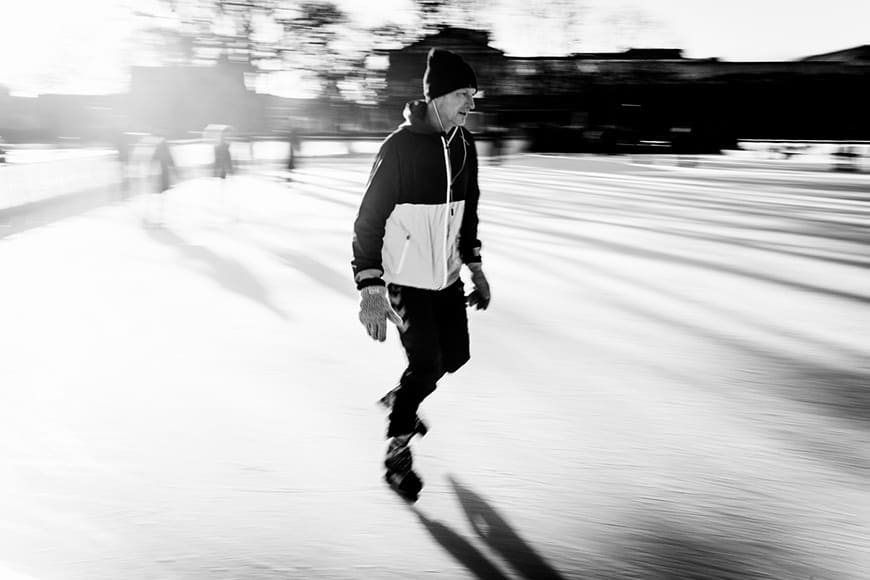
Fujifilm changed the battery types for the Fujifilm X100F. It now takes the Fujifilm NP-W126 rechargeable battery and the Fujifilm NP-W126s rechargeable battery. Again, an excellent streamlining of the product line.
As for memory, you get one UHS-1 compatible SD card slot.
Image Quality

The X-Processor Pro and the 24mp X-Trans 3 sensor in the Fujifilm X100F does an incredible job. We already know this from the X-Pro2/X-T2.
But one joker in all of this is the lens. Fujifilm uses the same 23mm f/2 lens in the X100F that they have used since the beginning of the series.
I have read equal amount of love and hate in descriptions of this lens. Every thing from bad flaring to softness at close distances to perfect golden lights and fantastic clarity.
I know how I feel about it, but more importantly, I know its strengths and weaknesses.
I have used this lens since 2011, and we’ve gotten quite acquainted.
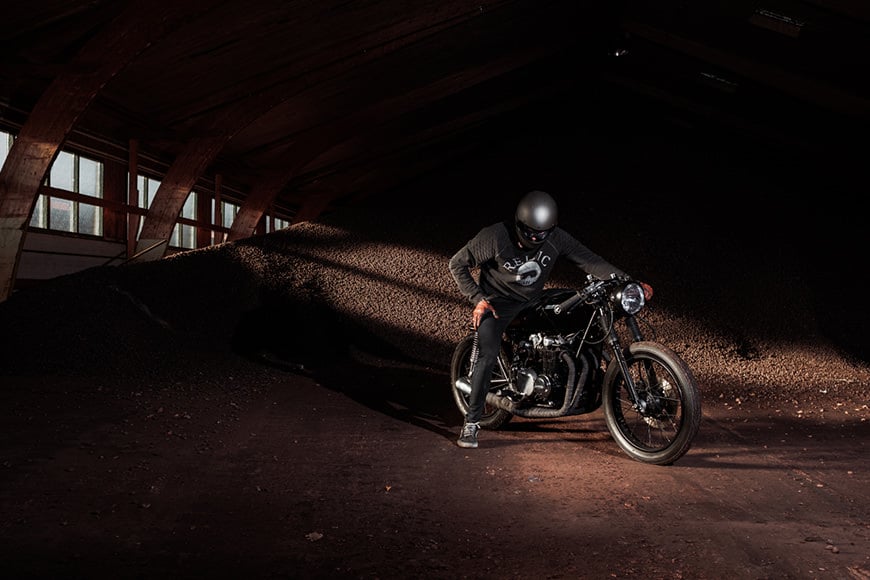
What surprised me a lot when writing this Fujifilm X100F review was the fact that the lens seems better when treated to the new higher resolution sensor. In NO WAY what-so-ever does the sensor out-resolve the optics.
So again, I must give it to Fujifilm and its Fujinon optics division, they think far ahead when designing lenses. If you want to know more you can check out this article on Fuji lenses.
Anyway, this lens still softens at close focusing when shot wide open, but if any of you have ever read the original X100 manual you will know that it’s actually stated as a feature for soft focus portraits.

If you want to shoot at macro distances with this lens and you want sharp images you need to stop it down to f/4.
The flaring to me is quite gorgeous. Its unique, and that’s what it’s all about if you ask me. The low light flaring of the 23mm f/2 of the X100 series is one-of-a-kind, and I’ll take unique over perfect ANY day!
The image quality from the Fujifilm X100F can easily match that of the Fujifilm X-Pro2 + Fujifilm XF23mm f/2 combo. The colors are rich, the images are sharp, and the jpegs from the X-Trans 3 do NOT give you wax-figure skin in portraits.
I don’t want to go into the technical analysis of the X-Trans 3 and X-Processor Pro yet again. So if you want a more thorough walk through of the image quality of the sensor/processor combination you can read it here in my X-Pro2 review.
Usage & Handling
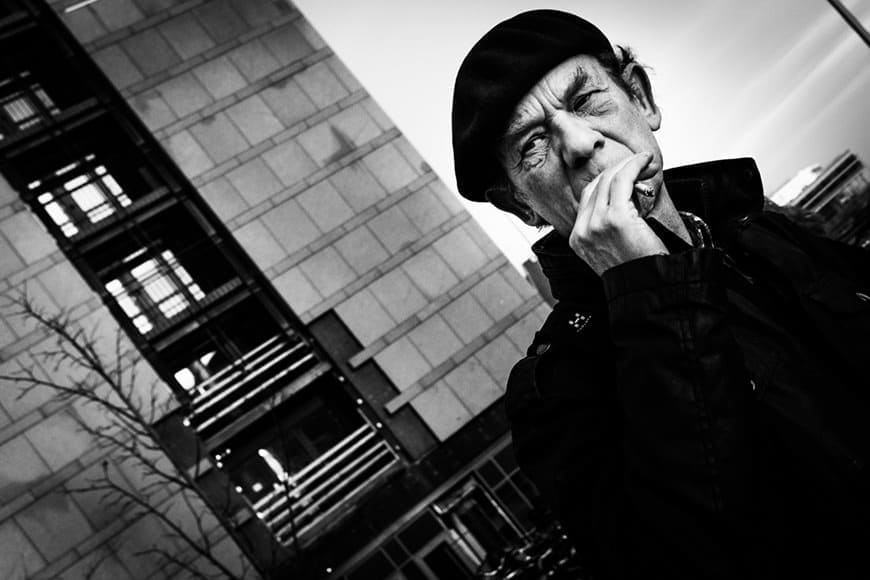
Of course the X100 functions as a street photography camera for the majority of its user base. Its rangefinder’esque look and feel makes you think of Leica, and the silent shutter and small size makes it ideal for many street photographers around the world.
Street photography is what I spend a lot of my time photographing, and this is where the Fujifilm X100F has its core audience.
But for me, the biggest selling point of the Fujifilm X100F is really how versatile it is. I have not found myself in a situation where I could not take the image that I had imagined in my head with just the Fujifilm X100F and the 2 conversion lenses.
Landscapes, starscapes, cityscapes, street, documentary, family and leisure, portraiture, products, concerts, travel, weddings…etc etc. This little box will do it all. And it will do them all very, very, very well!
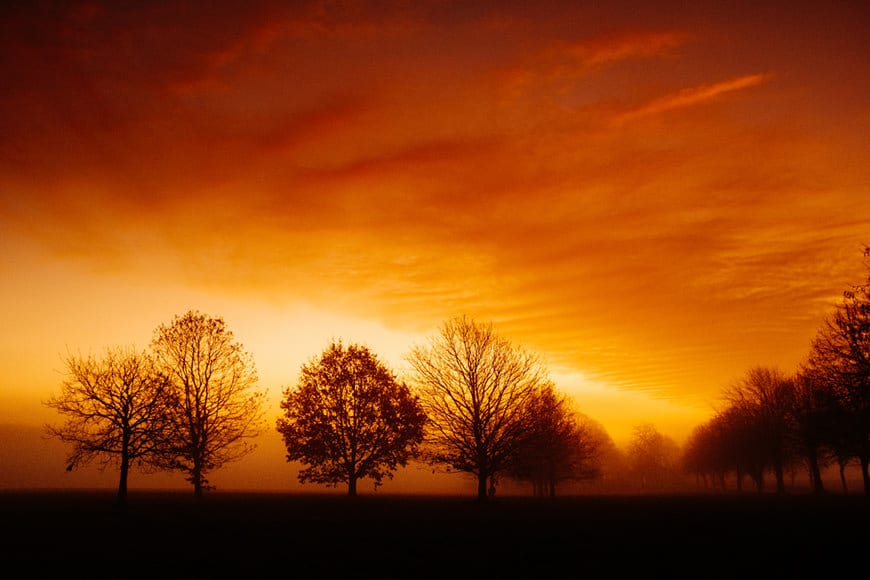
So this is how I ended up (again) shooting so many different styles and scenarios. I really wanted to show that this camera is really the only camera some of you might ever need. I know for sure that it’s my desert island camera!
All the images in this review feature my own post processing on the Fujifilm X100F files. I always want to show what I do with the tool I have in my hands. What you do with the X100F is your business :-) I just tried to show just how versatile this thing is, by taking it through all sorts of disciplines. It excels in all of them!
Fujifilm X100F Review – Conclusion
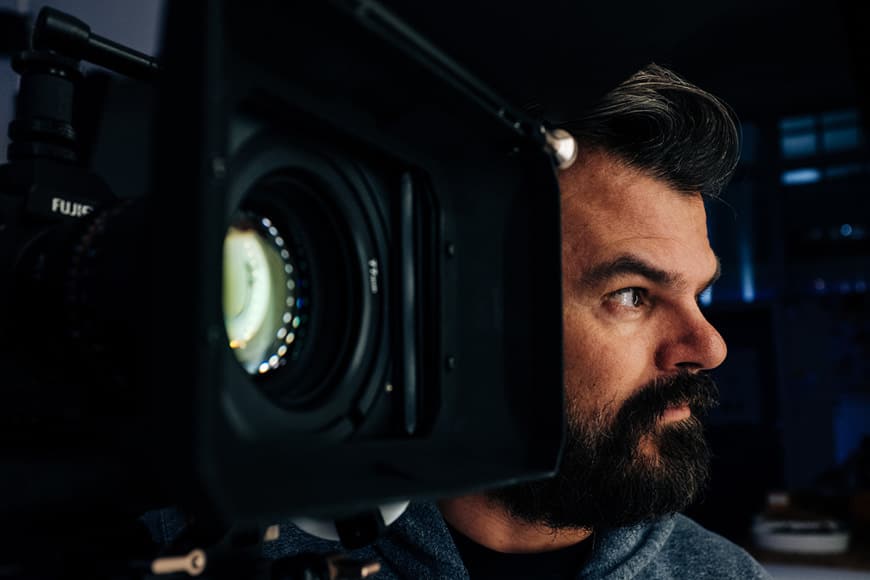
The Fujifilm X100F is a great update to the iconic X100 camera series. For many, this series has been a gateway drug into the Fujifilm X-eco system.
I think the Fujifilm X100F will carry this tradition on. It’s all about fantastic image quality packed up neatly in a fantastically designed container that just begs to be carried around and used.
It does everything you would expect from a modern digital camera, and it does so in style.
This is my desert island camera. I could easily reduce everything to just this camera alone.
Guest review by Fujifilm X-Photographer Jonas Rask | www.jonasraskphotography.com










